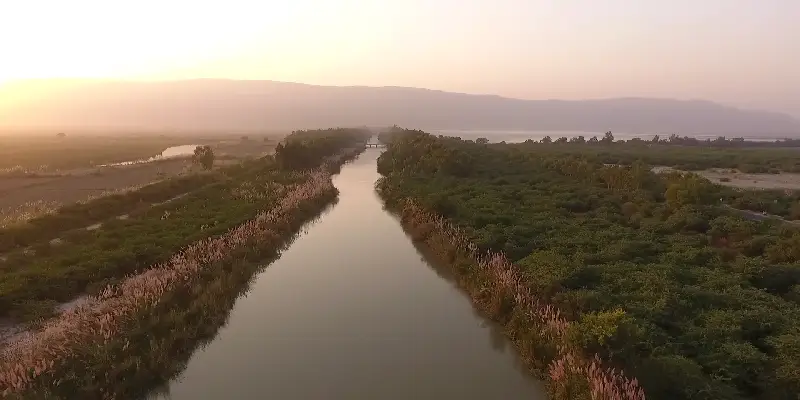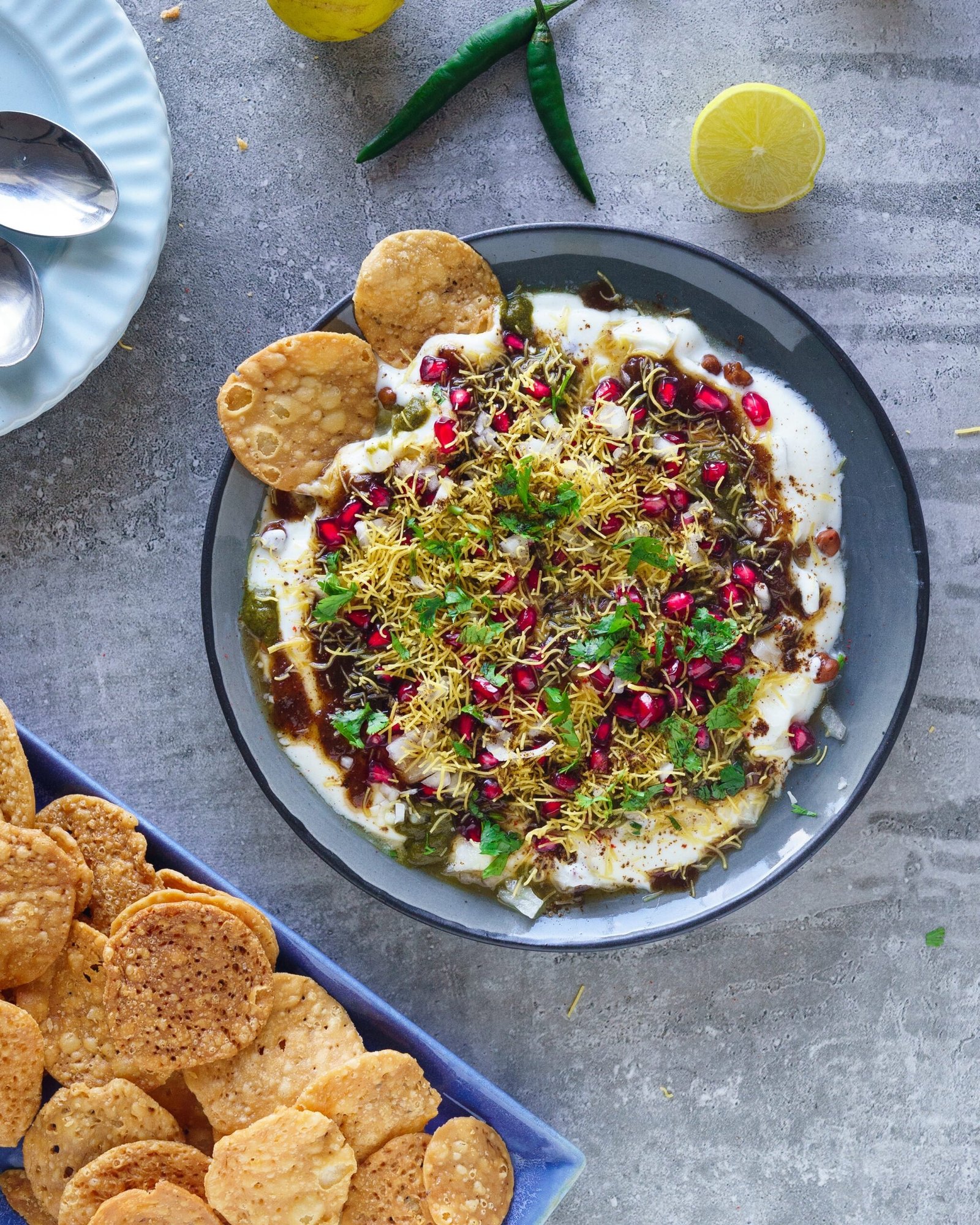Water is the lifeline of agriculture and in Pakistan, that lifeline flows through canals.
If you’ve ever wondered how many canals are there in Pakistan, you might be surprised to know that the country has one of the largest irrigation systems in the world.
These canals help water crops across thousands of kilometers, especially in provinces like Punjab and Sindh where farming is the backbone of local life.

Let’s take a closer look at Pakistan’s canal network and why it matters so much.
Table of Contents
ToggleTotal Number of Canals in Pakistan (2025)
As of now, Pakistan has 57 major canals. This includes:
-
12 inter-river link canals
-
45 main canals
Besides these, there are thousands of distributaries and minors smaller channels that carry water from the main canals to individual fields.
The total length of Pakistan’s canal system is around 56,000 kilometers, making it one of the most complex and widespread irrigation systems in the world.
(Source: Pakistan Water and Power Development Authority – WAPDA, and CAA)
Why Are Canals So Important in Pakistan?

Around 75% of Pakistan’s farmland depends on canal irrigation.
With low annual rainfall and a growing population, Pakistan needs this system to survive. Canals help farmers grow wheat, rice, sugarcane, cotton, and vegetables across Punjab, Sindh, KP, and parts of Balochistan.
Without canals, much of this land would turn dry and barren.
Main Canal Systems by Province
Let’s break down the major canals by region.
Punjab
Punjab has the densest canal network in Pakistan.
-
Upper Jhelum Canal – Serves areas near the Jhelum River
-
Lower Bari Doab Canal – Located between Ravi and Sutlej rivers
-
Thal Canal – Irrigates parts of the Thal desert
-
Upper Chenab Canal – One of the oldest, built during British rule
These canals make Punjab the country’s top producer of wheat and sugarcane.
Sindh
Sindh’s dry climate makes canals essential.
-
Nara Canal – Longest canal in Pakistan (over 360 km), irrigates 2 million acres
-
Rohri Canal – Supplies central Sindh
-
Khairpur Feeder – Delivers water to upper Sindh
-
Ghotki Feeder – Critical for rice and cotton fields
Canal water in Sindh is mostly fed by the Indus River through the Sukkur Barrage.
Khyber Pakhtunkhwa (KP)
KP has a smaller canal network but still important for agriculture.
-
Warsak Canal – Originates from the Warsak Dam
-
Pehur High Level Canal – Waters the fields in Swabi and Mardan
-
Dargai Canal – In the Malakand region
Balochistan
Due to its mountainous landscape, Balochistan has fewer canals.
-
Kachhi Canal – The biggest canal project in Balochistan, extends from Taunsa Barrage
-
Pat Feeder Canal – Serves the Naseerabad and Jaffarabad districts
-
Hingol Canal (planned) – Part of future projects for the Makran region
Recent Canal Projects

Cholistan Canal Project (Launched 2025)
Under the Green Pakistan Initiative, the government started building 6 new canals in Punjab to irrigate 4.8 million acres of barren land in the Cholistan region.
This project is expected to transform desert areas into productive farmland but it has sparked concerns in Sindh, where leaders fear it could reduce water supply downstream.
Quick Facts
-
🌊 Over 48 million acres of land in Pakistan are irrigated using canals
-
💧 Indus River is the main source for the entire canal system
-
🏞️ The canal system includes 3 barrages in Sindh, 5 in Punjab, and several small dams in KP and Balochistan
-
🚜 Pakistan is ranked among the top 5 countries in the world for canal irrigation coverage
(Source: WAPDA, IRSA)
Real-Life Example
In southern Punjab, a farmer named Asif said:
“We used to depend on rain. But since the Thal Canal reached our village, we can grow two crops a year. Our income has doubled.”
That’s the kind of impact canals have on everyday lives in Pakistan.
Final Thoughts
So, how many canals are there in Pakistan? The country has 57 major canals, backed by thousands of smaller distributaries and minors. Together, they form one of the largest and most important irrigation systems in the world.
This canal network is the backbone of Pakistan’s agriculture. It supports millions of farmers, helps grow our main crops like wheat, rice, and sugarcane, and plays a huge role in food security and the economy.
But with growing water demand, climate change, and disputes between provinces, the system needs smarter management. Fair distribution, regular maintenance, and modern upgrades are now more important than ever.
If we take care of this system, it can continue to feed the nation for decades to come. It’s not just about water—it’s about survival, growth, and future stability.
FAQ:
1. How many major canals are in Pakistan?
There are 57 major canals (45 main + 12 link canals).
2. Which is the longest canal in Pakistan?
Nara Canal in Sindh over 360 km long.
3. What is the purpose of link canals?
Link canals transfer water from one river to another, especially during low flow seasons.
4. Are new canals being built in Pakistan?
Yes. In 2025, the Cholistan Canal Project began in Punjab under the Green Pakistan Initiative.
5. How much of Pakistan’s farmland depends on canals?
Around 75% of the total irrigated land relies on canal water.
For more information related to business or tech visit our Home page Visualpakistan.com




